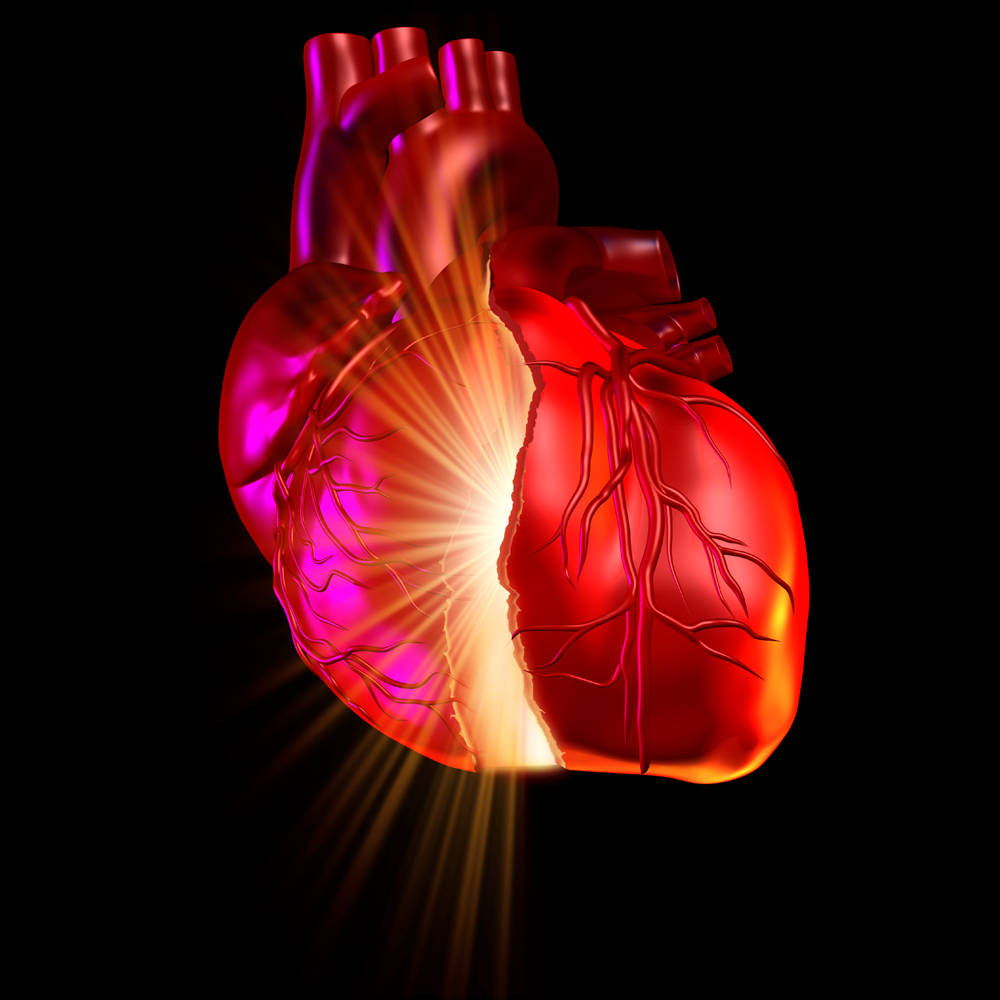This is Scientific American 60 Secomds, Space. I'm Sophie Bushwick, got a minute?
这里是科学美国人60秒,太空系列。我是苏菲·布什维克。
When astronauts float weightless in space, their muscles don't need to work as hard as on Earth. Muscles therefore atrophy during a long mission, which can cause trouble when space travelers return home. But what happens to that most vital of muscles, the heart?
当航天员漂浮在失重的太空时,他们的肌肉不需要像在地球上一样辛苦地工作。在一次长时间的太空作业中,肌肉会不同程度地萎缩,在航空员返回地面时会有不适应感。肌肉是如此,那人类身体上最重要的器官心脏会怎么样呢?
To find out, 12 astronauts learned how to do ultrasound scans of their hearts. Then they recorded the organ's shape before, during and after a stint on the International Space Station. The scans showed that while in microgravity the astronauts' hearts deformed into more spherical shapes. Back on Earth, they stretched back into their usual elongated forms. The work was presented at the annual scientific session of the American College of Cardiology.
为了找到答案,12名宇航员学会了如何用超声波检测心脏。他们对去国际空间站之前,之中以及之后的心脏情况进行了检查记录。检测结果表明,在微重力情况下,宇航员的心脏变得更圆了。回到地面以后,心脏又恢复到了以前有些偏长的形状。这一研究在美国心脏学会年度科技研讨会上得到展示。

Knowing how weightlessness changes the heart could help mission planners prevent long-term damage to astronauts'cardiovascular systems due to long space voyages. Astronauts on the space station already perform specific exercises to keep their weight-bearing muscles toned. Similarly well-designed workouts might keep hearts both in shape—and in the right shape.
了解了失重情况下心脏形状会受到改变这一事实可以帮助太空行程的策划者更好地预防由长时间的太空作业队宇航员造成的心脑血管方面的损坏。为了不让肌肉松弛,太空站上的宇航员已经开始一些具体的锻炼。相似的锻炼也许也可以让心脏保持正常的形状。
Thanks for the minute for Scientific American 60 Secomds, Tech. I'm Sophie Bushwick.
感谢收听。













